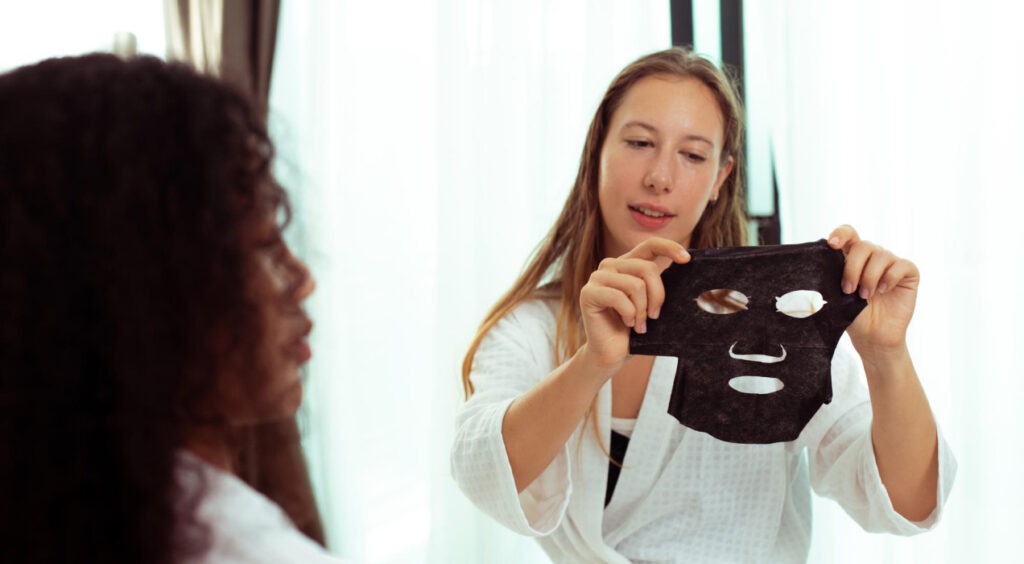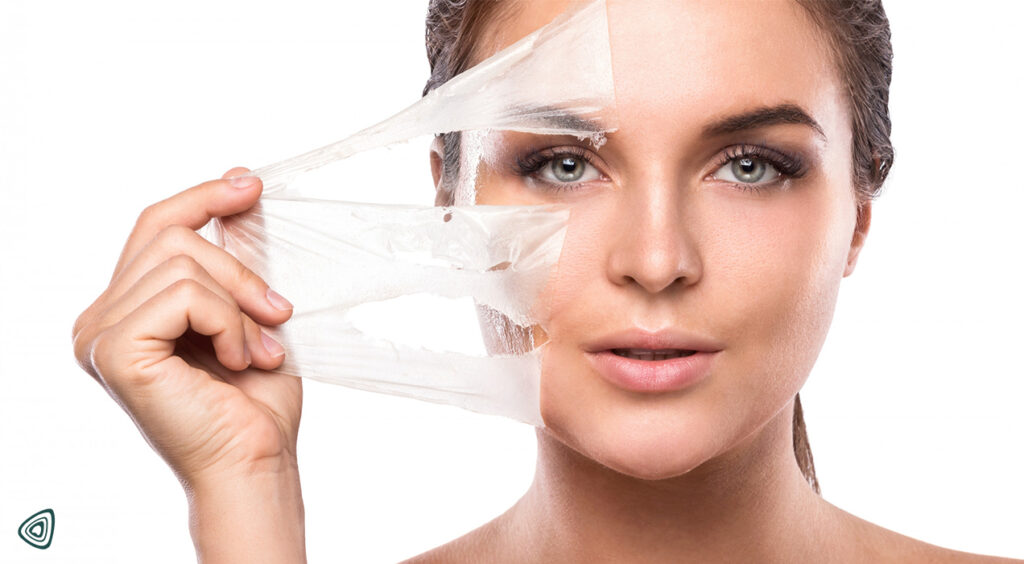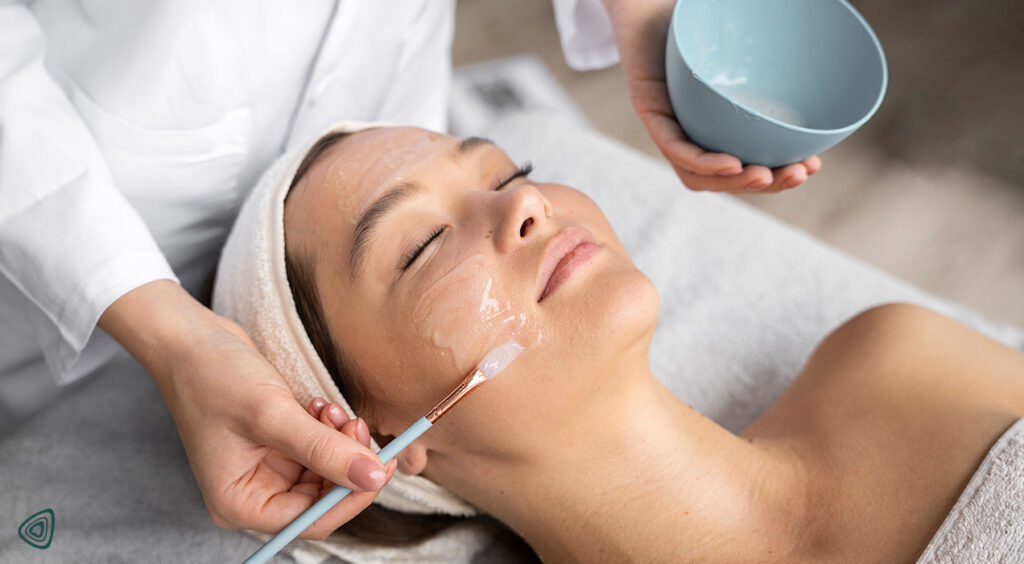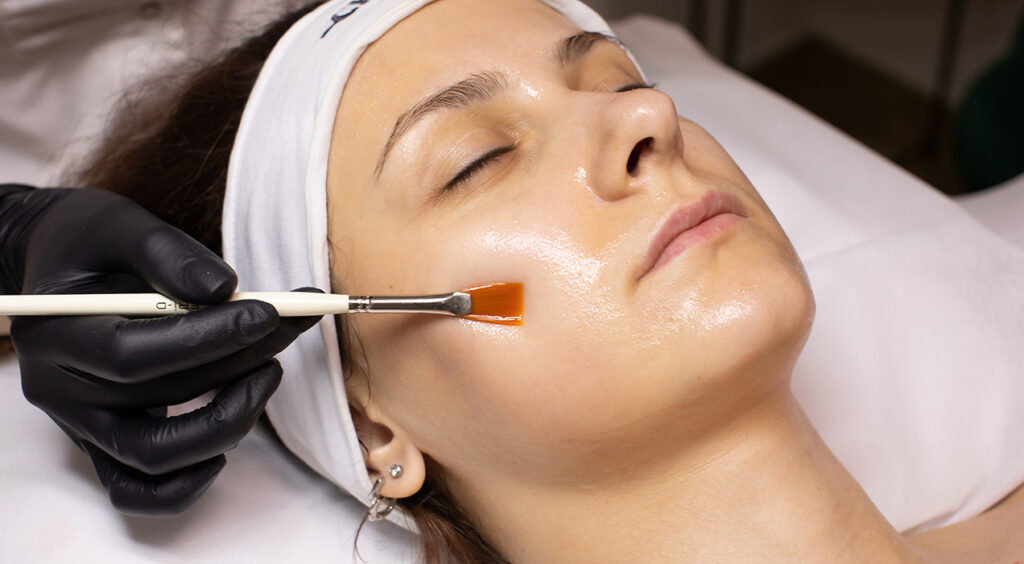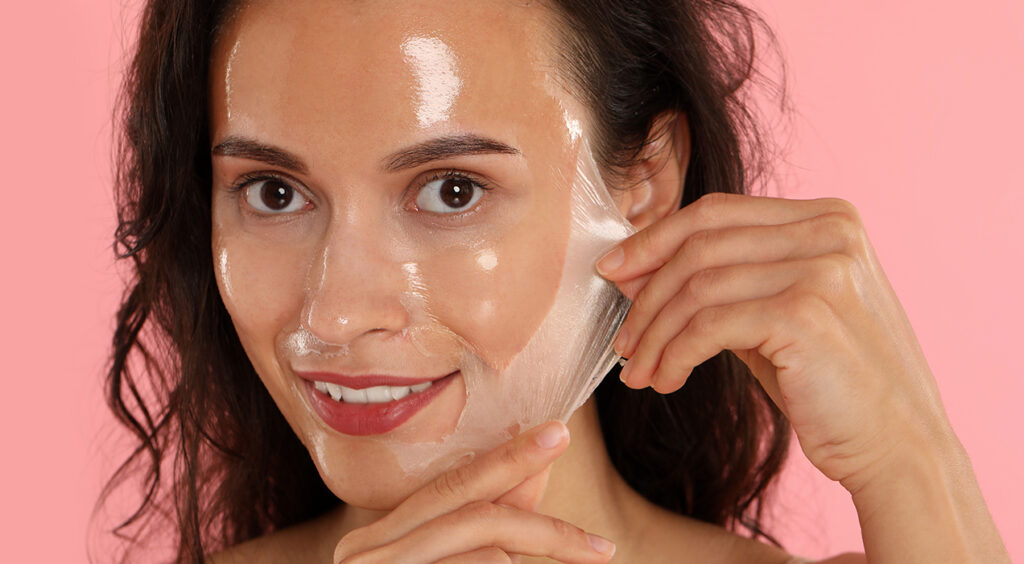Safety Tips for Choosing the Right Chemical Peel for Your Skin Type
Chemical peels are professional skincare treatments that use acid solutions to remove damaged outer layers of skin. They reveal smoother, brighter, and more youthful skin underneath. But here’s the thing – not all peels work the same for everyone. Your skin type determines which peel will give you the best results safely. Choose wrong, and you might face irritation, burns, or unwanted side effects. Choose right, and you’ll get that glowing complexion you’ve been dreaming of. How Do You Identify Your Skin Type? Before diving into any chemical peel, you need to know your skin type. This step is crucial for your safety and results. What Types of Chemical Peels Are Available? Understanding your options helps you make safer choices. Here are the main categories: Light Peels (Superficial) These are the gentlest options. They remove only the outermost layer of skin with minimal downtime. Medium Peels These go deeper and require more recovery time. They’re more effective but also riskier. Deep Peels These are the strongest options. They require medical supervision and significant downtime. Most people don’t need this level of treatment. Why Should You Choose Professional Treatment? Here’s a fact that might surprise you: 67% of chemical peel complications happen with at-home treatments, according to dermatology research. Professional treatment is always safer. At Radiance Aesthetic Medicine, experienced practitioners assess your skin type and choose the right chemical peel. They monitor your reaction and adjust treatment as needed. Professional clinics like Radiance Aesthetic Medicine offer three main types: What Safety Precautions Should You Take? Safety starts before you even book your appointment. Here’s what you need to know: Before Your Peel During Treatment Apply sunscreen religiously. Your new skin is extremely sensitive to UV damage. How Do You Know If a Peel Is Right for You? Not everyone is a good candidate for chemical peels. You should avoid them if you: What Questions Should You Ask Your Provider? A reputable clinic will welcome your questions. Here’s what to ask: At Radiance Aesthetic Medicine, practitioners take time to answer these questions thoroughly. They believe informed patients get better results. How Do You Maintain Results Safely? Your peel results can last 6 months to 2 years with proper care. Here’s how to maintain them: Why Choose Radiance Aesthetic Medicine for Your Chemical Peel? Radiance Aesthetic Medicine combines over 20 years of expertise with advanced, non-invasive treatments. They offer personalized consultations to determine the safest, most effective peel for your unique skin type. Their comprehensive approach includes: The clinic’s commitment to safety means you get beautiful results without unnecessary risks. They understand that every skin type is different and customize treatments accordingly. Chemical peels can transform your skin when done safely and professionally. The key is choosing the right type for your skin and working with experienced practitioners. Ready to discover which chemical peel is perfect for your skin type? Schedule a consultation at Radiance Aesthetic Medicine today. Their team will assess your skin, discuss your goals, and create a safe, effective treatment plan just for you. Remember, beautiful skin is a journey, not a destination. With the right guidance and professional care, you can achieve the radiant, healthy complexion you deserve – safely and effectively. Frequently Asked Questions Can I do chemical peels at home safely? While mild at-home peels exist, professional treatment is always safer. Practitioners can adjust strength and monitor their reaction in real-time. How often can I get chemical peels? This depends on the peel type and your skin’s response. Light peels can be done monthly, while medium peels need 3-6 month intervals. What if I have a bad reaction? Contact your practitioner immediately. They can provide specific treatment to minimize damage and speed healing. Are chemical peels worth the cost? When done safely by professionals, chemical peels provide excellent value. They’re less expensive than laser treatments with similar results.
Safety Tips for Choosing the Right Chemical Peel for Your Skin Type Read More »
